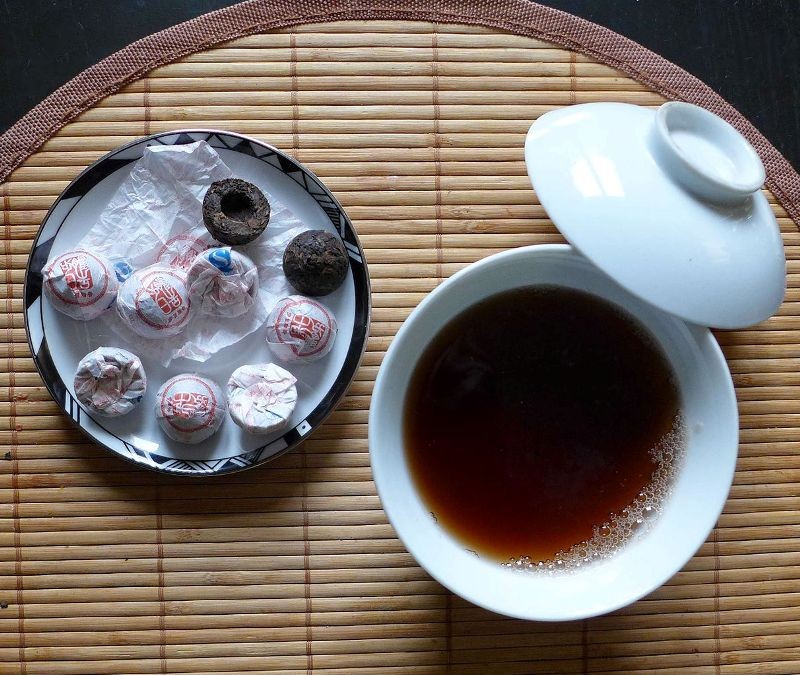
by Ryan | From the Interns, Tea Education
For most of its history, a teawright created pu-erh using the techniques to make sheng. But, the process is slow, and it takes many years for pu-erh tea to be crafted this way. As demand for pu-erh increased, many tea companies began to look for a way to speed up the process. So, in 1973, the Menghai Tea Factory and the Kunning Tea Factory devolved a method they called “Wo Dui”. This roughly means “wet piling” in English.
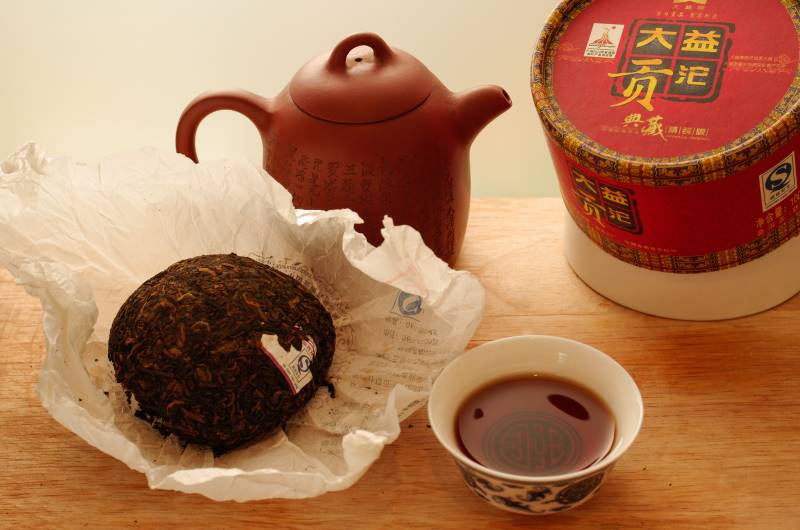
by Ryan | From the Interns, Tea Education
Pu-erh is an aged tea that has its origins in the Yunnan province of China. This tea has been a popular drink and export from the province for hundreds of years. It’s cultivated from the wild tea trees (the Camellia Sinensis plant that all tea comes from) that grow on the mountains. Local teawrights craft the leaves, and then allow it to age for many years. It’s during this aging process that the leaves will undergo fermentation.
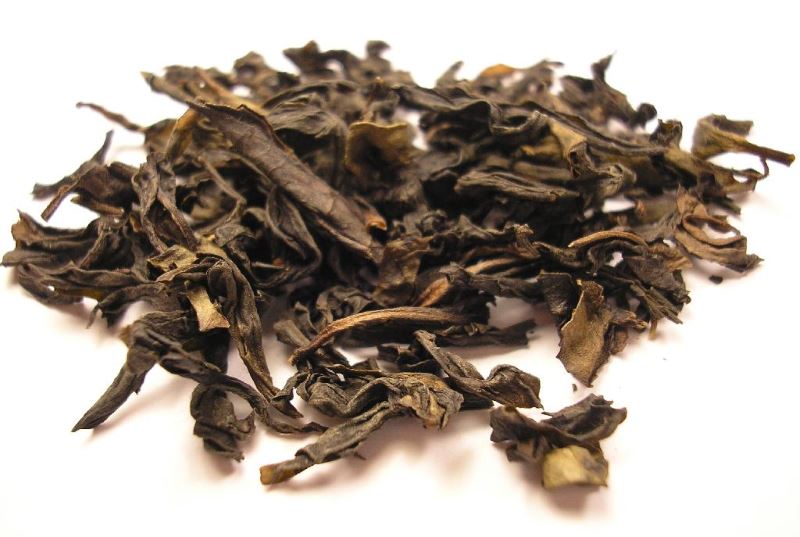
by Ryan | From the Interns, Tea Education
For much of its history, the oxidation process in tea crafting has been erroneously referred to as the “fermentation step”. This is because people assumed that the change of color in the leaves was the result of traditional fermentation. This is not the case, as fermentation requires microorganism, such as yeast. As advances in technology made it easier to study molecular chemistry, tea crafters were able to identify this process as oxidation, rather than fermentation.

by Caleb Hodes | Adventures in Starting the Business, From the Interns
It’s happening again. Boston Teawrights is hosting another Summer internship program. This year we’re working with Ryan. You’ll likely see his face around these parts from time to time, and we hope it’s an enjoyable experience. So let’s start with his introduction.
Introducing, Ryan Hallihan!
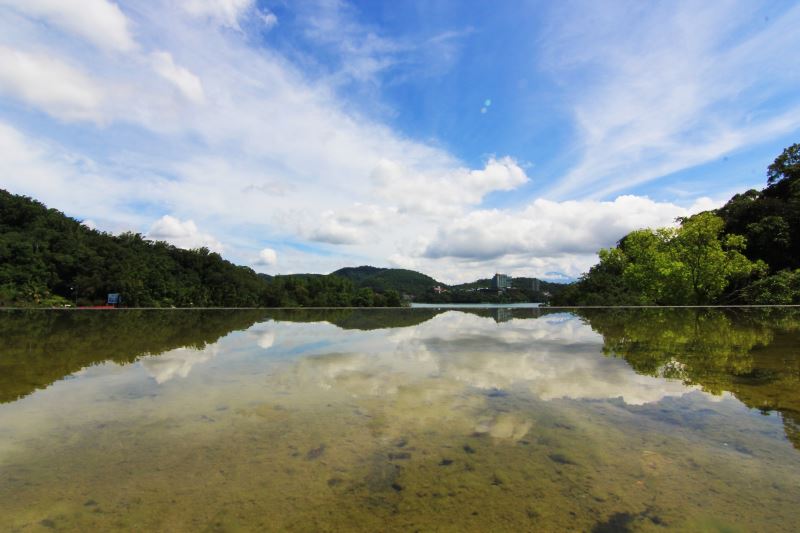
by Louise | From the Interns, Tea Education
In Louise’s final post as Summer intern, she discusses where our own tea comes from–the heart of Taiwan, Nantou County.
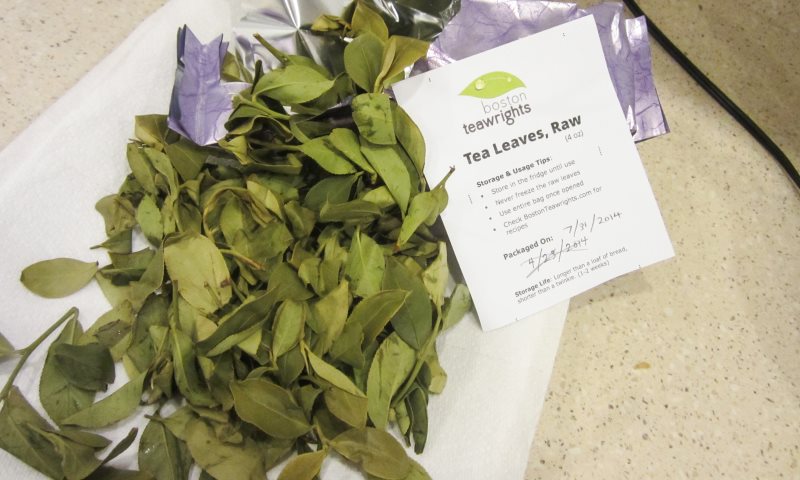
by Talia | From the Interns, Tea Craft
Intern Talia loved getting to hear everyone’s stories about their tea creations, but this week it was her turn to try it for herself! She’s excited to say she tried making a green tea and a black tea so she could have the firsthand knowledge of the process of making both kinds. Instead of expanding on what crafting tea meant to her emotionally and personally, she wants to share the practical knowledge she gained from making the tea. She hopes it helps you understand a bit more in detail about what goes into the process.






